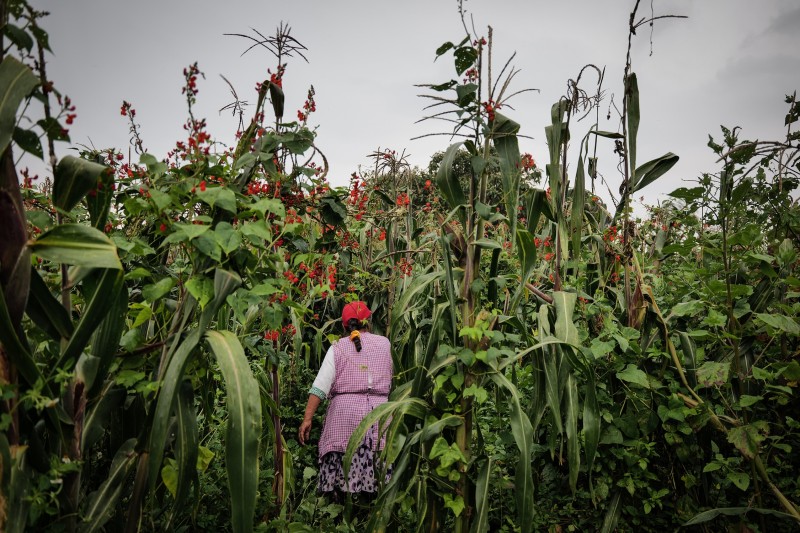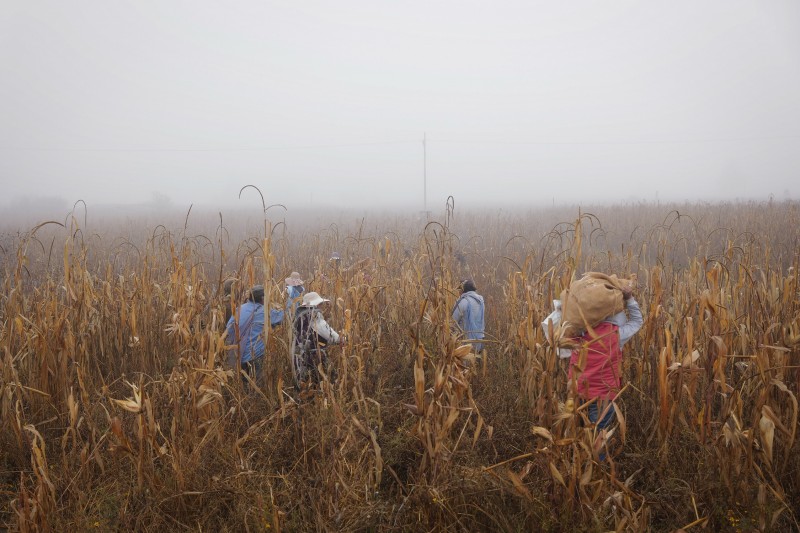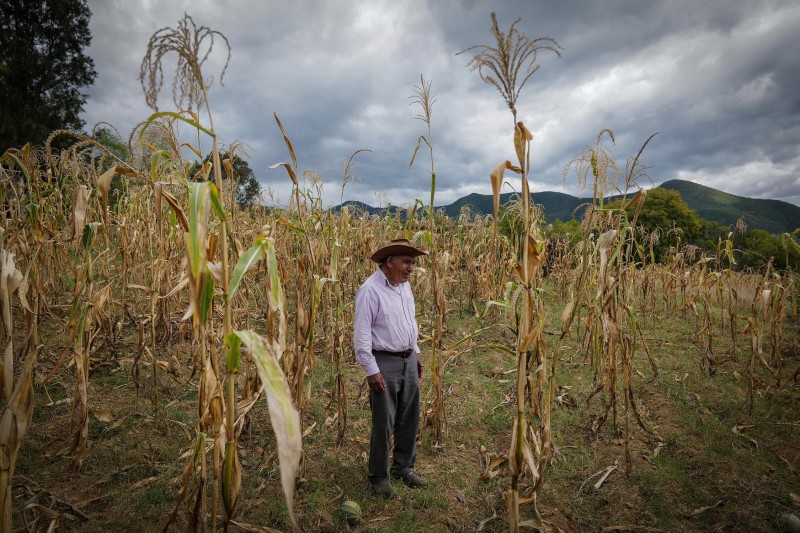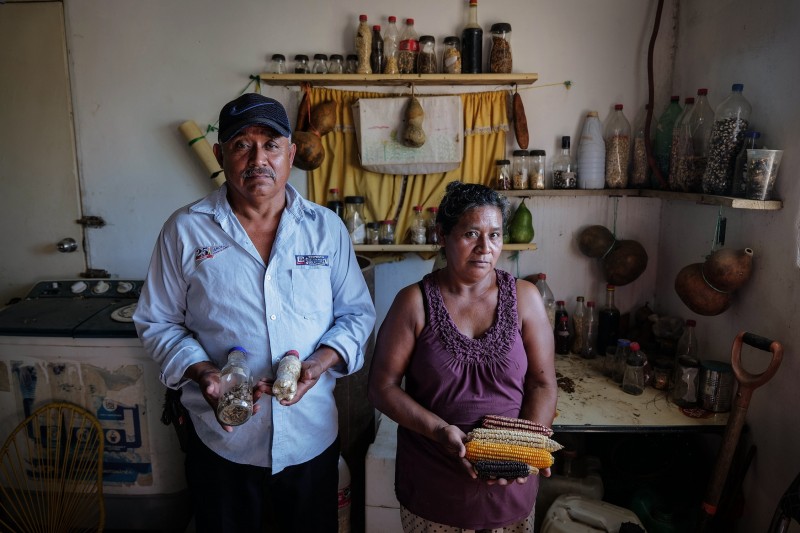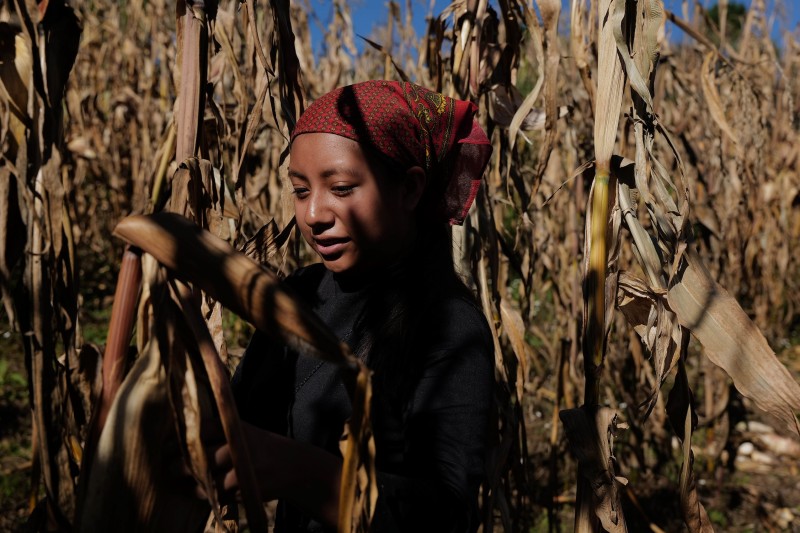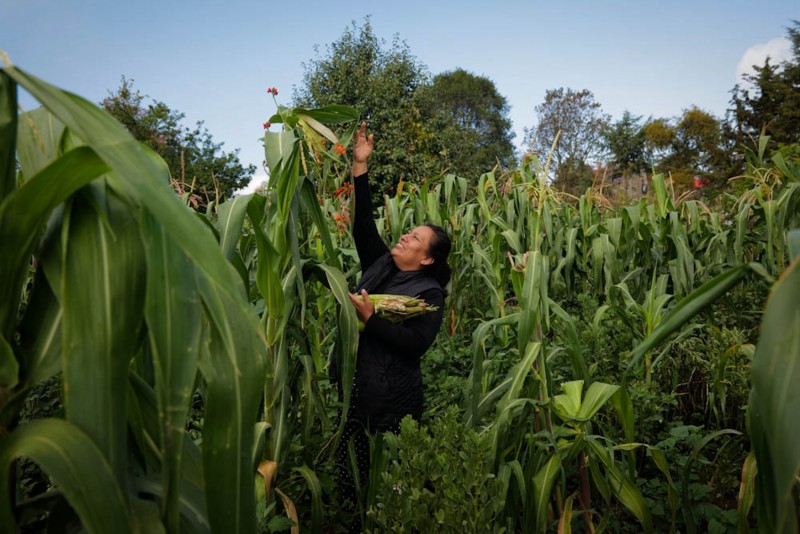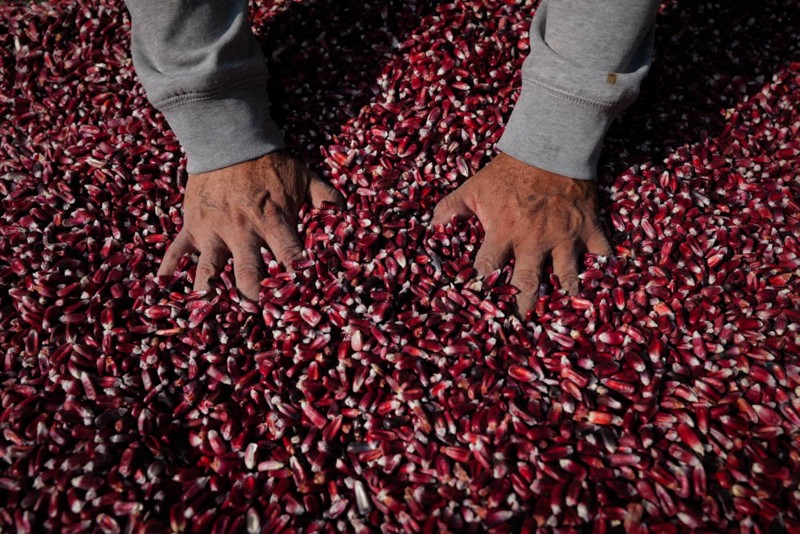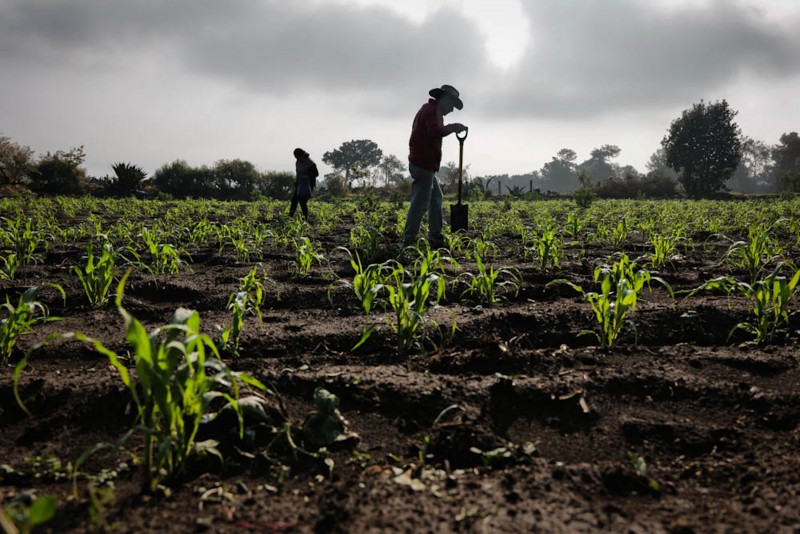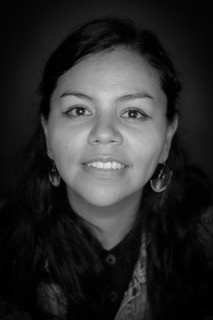The Extinction of Food
The Extinction of Food
Greta Rico
March 12, 2024
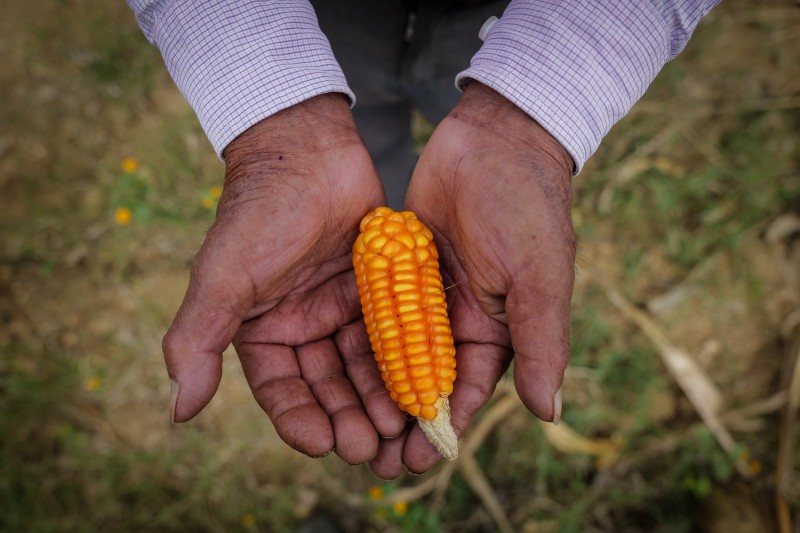
LFI: Last year you won the LWFP Award. How did this change your life?
Greta Rico: To be honest, my life changed completely after receiving the award. Receiving the recognition of the most important camera manufacturer in the industry gave a very important push to my career; but, above all, the most significant is becoming part of the Leica family.
Please tell us a bit about your current exhibition at the Leica Gallery in Mexico City.
This exhibition, which I am sharing with the photographer Koral Carballo, has been a real honour, because it's the first time where the work of women photographers is on display at the new gallery in Mexico. I have no doubts that Leica is trying to change the rules of the game within the photographic industry, by promoting the work of women photographers, and by doing so not only with grants, but also with the exhibition spaces that are so important for the world of art and culture.
Your The Extinction of Food project shed a light on milpa, a traditional agricultural method that has positive effects on the ecosystem. In doing so, you are conveying a visual language of hope, rather than one of deterrence. Why?
One of the things I've learnt and understood with this project has to do with how the industrialisation of the countryside since the Green Revolution in Mexico in the 1960s and 1980s – led by seed monopoly companies –, hasresulted in spreading the idea that the knowledge of peasants has no value. My The Extinction of Food project is a tribute and a way of honouring the resistance of villages, of peasant families, of indigenous communities. The story of the last milpas in Mexico is a story of hope, because these people are doing everything they can to ensure that ancestral and traditional methods of agriculture are not lost.
The project reveals how sustainable tradition is. Is this the key to the battle against climate change?
I think that the key to fighting against climate change lies in reconsidering the value of the common and the collective. To do so, we need to realise that for the planet to take care of us, we need to care for the planet, and, with my photos, I'm portraying those who are taking care of it for us.
Does your The Extinction of Food photo series also reflect female themes?
My feminine way of seeing is always present. My photos also speak about how it is the women who are in charge of transforming the ingredients in Mexican cooking; and about how it is through the flavours and female knowledge that food based on milpa products is qualified as one of the most complete and nutritious in the world.
What technical features do you appreciate about your Leica SL2-S?
Particularly in my Gardens of Chaos project, working conditions are complicated: when you're working with peasant families, you are ruled by the time table and the rhythm of the seasons, which are followed in the countryside. This can be during hours when the sun isn't so pleasant; yet, my camera responds to those conditions with an exceptional dynamic range, which even allows me to reduce my time in post-production and ease up my work flow during editing.
What plans do you and your Leica have for the future?
My SL2-S has become my main camera. In the coming months, I will continue with my documentary projects. I plan to take trips, with the camera, to continue telling the stories of Substitute Mothers in Mexico; gender violence; the Gardens of Chaos; and The Extinction of Food in the fields where milpas and native corn is cultivated.
Exhibition+-
Koral Carballo & Greta Rico
Territorios de la Serenidad
Leica Gallery Mexico City
February 10 — March 24, 2024
MEX / Mexico City 11550,
Avenida President Masaryk No. 422
Greta Rico+-
The Mexican documentary photographer, journalist and teacher focuses her work around issues of gender and human rights. Her pictures have appeared in numerous publications, such as The New York Times Magazine and the Washington Post Magazine. They have also been on display worldwide in galleries and museums. Rico has a Master's Degree in Feminist Studies, and is a member of the Advisory Committee of the international Women Photograph platform, as well as the Diversify Photo collective. In 2023, Rico was one of four women photographers to receive the Leica Women Foto Project Award. More

